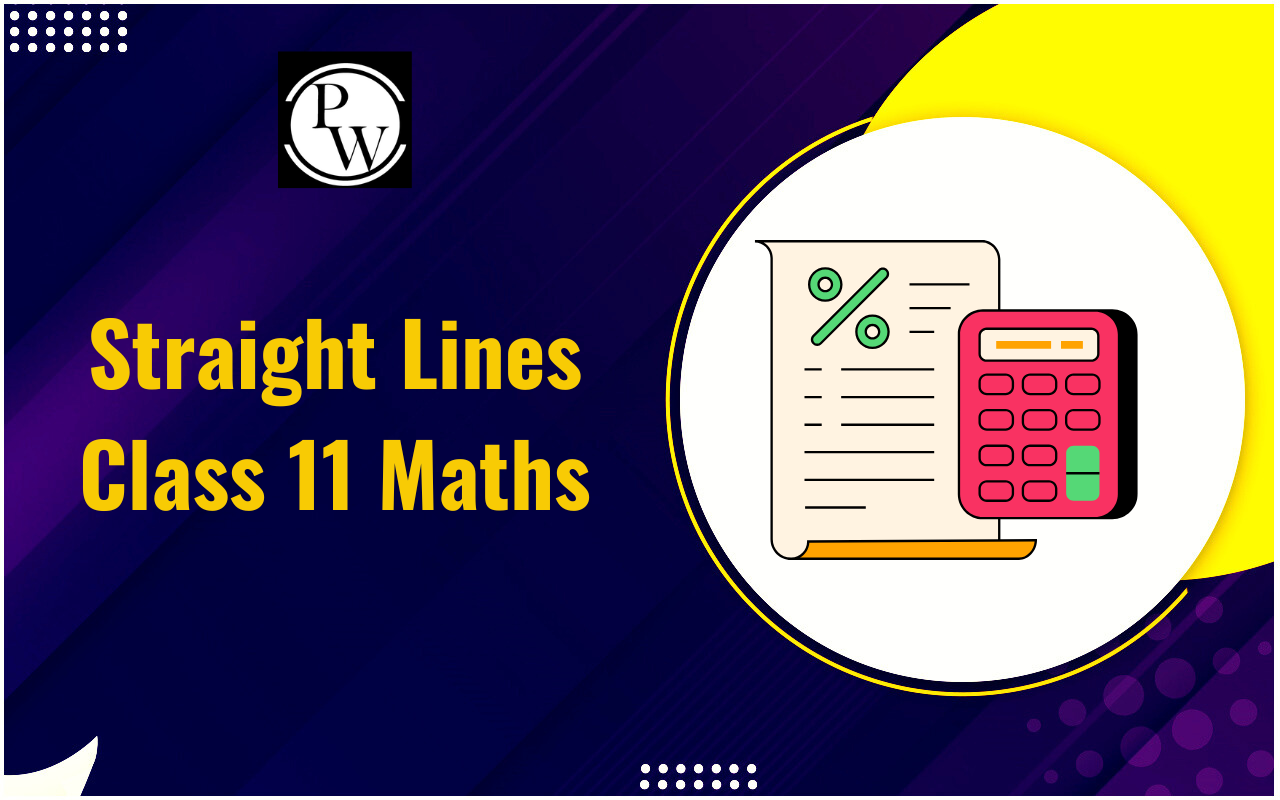
Closing stock refers to the inventory that remains unsold at the end of an accounting period. This inventory can include raw materials, work-in-progress items, and finished goods. It reflects the goods that are still in possession of the business and have not been consumed or sold.
Closing stock is an essential component in determining the correct profit or loss for a given period. It affects both the trading account and the balance sheet. Businesses determine this stock through physical verification or with the help of continuous inventory tracking systems.
Closing Stock in Accounting
In accounting, closing stock represents the value of merchandise that is yet to be sold at the end of a specific period. It is recorded as a current asset on the balance sheet and plays a crucial role in calculating the Cost of Goods Sold (COGS).
From an accounting perspective, closing stock is the link between the opening stock, purchases, and COGS. It gives a clearer picture of a business's profitability and financial position.
Closing Stock Formula
The formula to calculate Closing Stock, also known as Ending Inventory or Ending Stock, is relatively straightforward:
Closing Stock = Opening Stock + Purchases - Cost of Goods Sold
Let's break down this formula:
Opening Stock: This represents the value of inventory at the beginning of the accounting period.
Purchases: It signifies the value of additional inventory acquired during the accounting period.
Cost of Goods Sold (COGS): COGS represents the cost associated with the goods that were sold during the accounting period.
Journal Entry for Closing Stock
In the journal, closing stock is typically recorded at the end of the accounting period. Here's how it is generally entered:
Journal Entry:
Closing Stock A/c Dr
To Trading A/c
This entry ensures that the value of unsold inventory is added to the balance sheet and reflected in the profit and loss calculation.
Methods of Valuing Closing Stock
Different valuation methods can be applied depending on the business type, inventory movement, and accounting policies. Below are the commonly used methods:
FIFO (First-In, First-Out)
- Assumes that the oldest inventory is sold first.
- Remaining stock is valued based on the latest purchase costs.
LIFO (Last-In, First-Out)
- Assumes the most recent inventory is sold first.
- Remaining stock is valued at earlier purchase prices.
Weighted Average Cost
- Calculates the average cost of all inventory.
- Closing stock is valued using this average rate.
Specific Identification Method
- Used when individual items can be clearly identified.
- Applies the exact cost to each remaining inventory item.
Retail Inventory Method
- Common in retail businesses.
- Estimates stock value using retail price and cost-to-retail ratio.
Lower of Cost or Market (LCM)
- Compares the original cost of inventory with its current market value.
- Records the lower of the two to avoid overstating assets.
Closing Stock in Balance Sheet Representation
Closing stock is shown under the current assets section of the balance sheet. It is listed with other short-term assets like cash, receivables, and short-term investments.
Category: Current Assets
Placement: On the asset side of the balance sheet
Valuation: Determined using the applicable inventory valuation method
In financial statements, additional notes may disclose the method used for inventory valuation and any significant changes during the year.
Closing Stock Examples
Closing Stock examples can help illustrate how this concept is applied in different business scenarios. Here are a few examples:
Retail Store: A clothing retailer counts its remaining unsold apparel, including shirts, pants, and accessories, at the end of the fiscal year to determine its Closing Stock value.
Manufacturing Company: An automobile manufacturer assesses the value of car parts and components still in inventory as of the end of the quarter to report Closing Stock on its balance sheet.
Grocery Store: A grocery store calculates the value of perishable and non-perishable items like fruits, vegetables, canned goods, and dairy products at the close of each month for financial reporting purposes.
Electronics Retailer: A technology retailer determines the value of unsold smartphones, laptops, and other gadgets at the end of the accounting period to account for Closing Stock on its financial statements.
Closing Stock Plans FAQs
How is Closing Stock calculated?
Why is Closing Stock important?
When should Closing Stock be recorded?
Can Closing Stock be valued at market price?
What are the common inventory valuation methods for Closing Stock?










